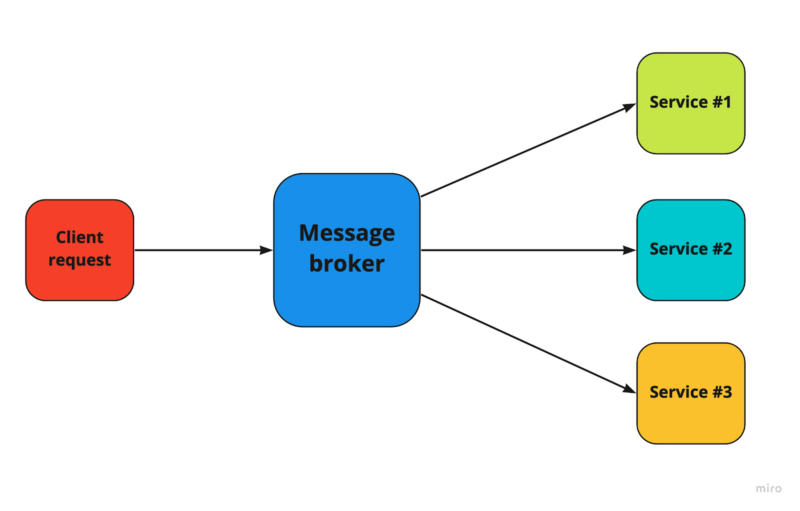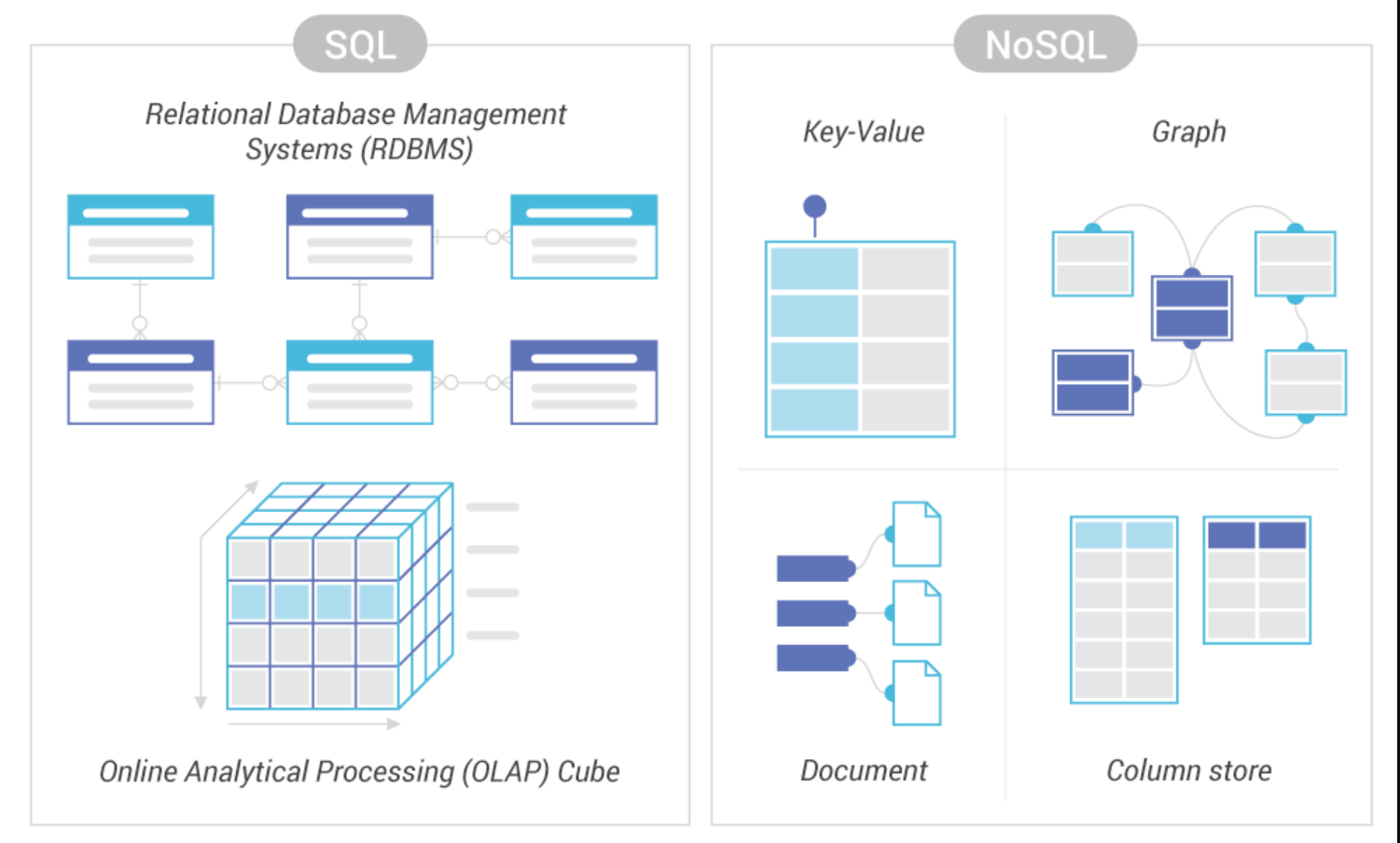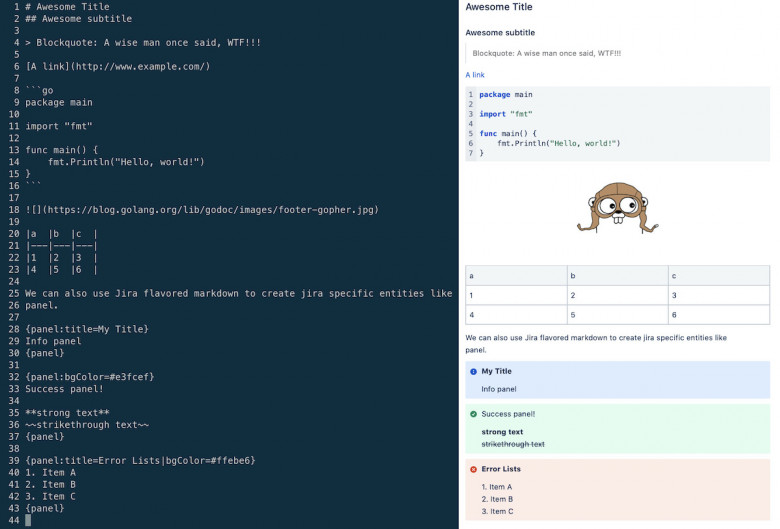Stream-first Gotenberg Client for Go

Go client for Gotenberg — document conversion service supporting Chromium, LibreOffice, and PDF manipulation engines.
Features
- Chromium: Convert URLs, HTML, and Markdown to PDF
- LibreOffice: Convert Office documents (Word, Excel, PowerPoint) to PDF
- PDF Engines: Merge, split, and manipulate PDFs
- Webhook support: Async conversions with callback URLs
- Stream-first: Built on httpstream for efficient multipart uploads














